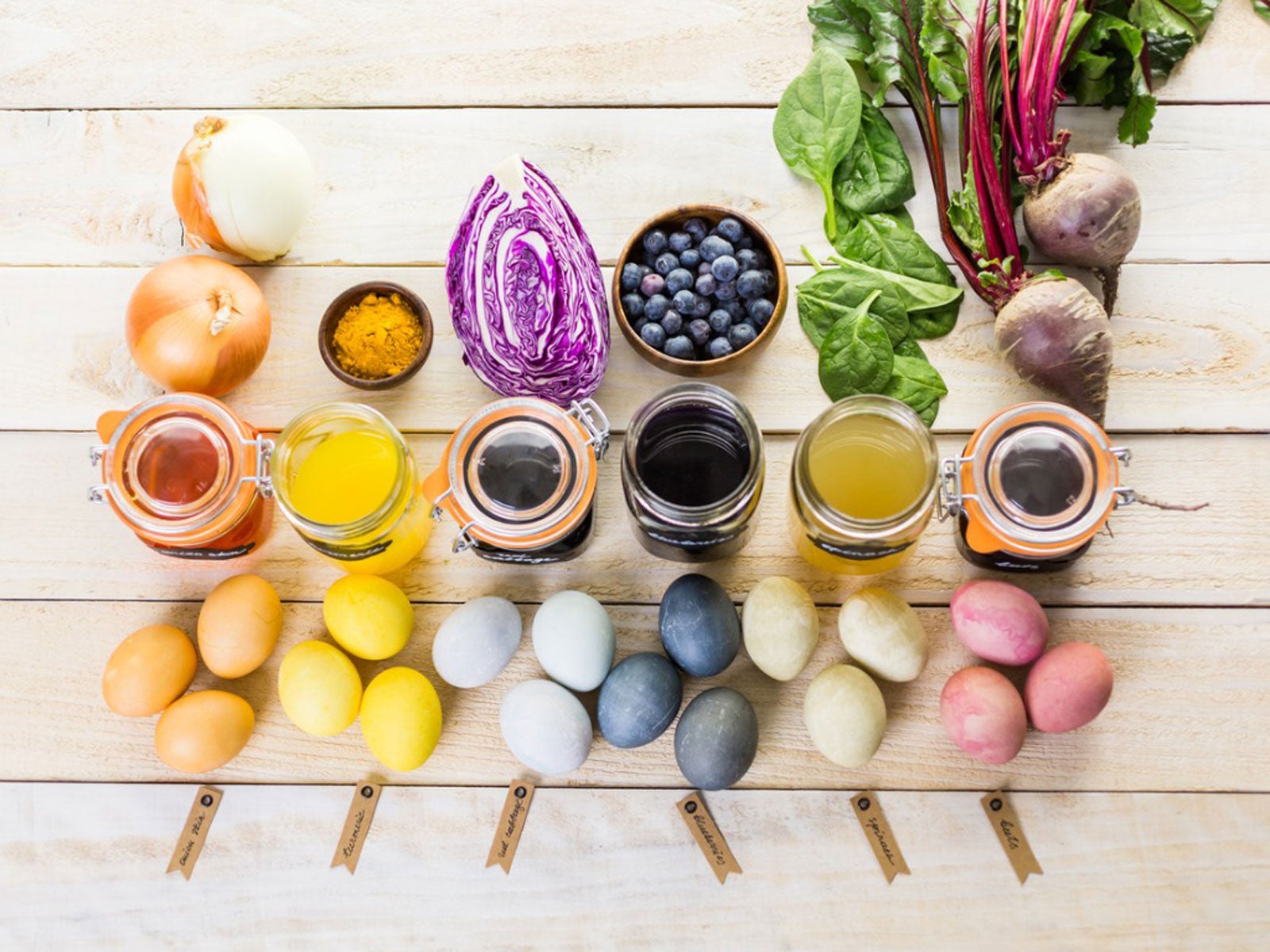Natural Easter Egg Dyes: How To Grow Your Own Easter Egg Dyes


Natural dyes for Easter eggs can be found right in your backyard. Many plants that grow either wild or those you cultivate can be used to create natural, beautiful colors to transform white eggs. The recipe is simple and the colors you’ll create are subtle, pretty, and safe.
Grow Your Own Easter Egg Dyes
You can get plenty of natural Easter egg dyes right from your garden. The colors most of them produce may not be as intense as the synthetic dyes you buy in Easter egg kits, but they are even more beautiful and natural in appearance.
Below are some plants you can try when dyeing eggs naturally and the colors they will produce on a white egg:
- Violet flowers – very pale purple
- Beet juice – deep pink
- Beet greens – pale blue
- Purple cabbage – blue
- Carrots – pale orange
- Yellow onions – deeper orange
- Spinach – pale green
- Blueberries – blue to purple
You may not grow turmeric; however, you can turn to your spice cabinet for this natural dye. It will turn eggs a vibrant yellow. Combine turmeric with purple cabbage to get green. Other kitchen items to try include green tea for a pale yellow and red wine for a deep red.
How to Dye Eggs with Plants
Dyeing eggs naturally can be done in a couple of different ways. Put the plant material in a mug and add two teaspoons (10 mL.) of white vinegar. Fill it with boiling water and let the egg soak in the mixture. Hint: The longer it stays in (at least two hours), the deeper the color will be.
Alternatively, you can boil the plant material in water for several minutes before soaking the eggs in the mixture. This method may produce a more intense color in less time. You can simply dye single eggs one color, or you can play around with patterns using these common household items:
- Wrap an egg in rubber bands before soaking in the dye.
- Drip candle wax on the egg. Once hardened, let the egg soak. Peel off the wax once the egg is dyed and dry.
- Soak an egg in dye that reaches only halfway. Once done and dried, soak the other end in another dye to get a half-and-half egg.
- Cut old pantyhose into three-inch (7.5 cm.) sections. Put the egg inside the hose with a flower, leaf, or piece of fern. Tie the ends of the hose to secure the plant on the egg. Soak in the dye. When you remove the hose and flower you will get a tie-dye pattern.
Some of these natural Easter egg dyes can get a little messy, especially those with turmeric and blueberries. These can be rinsed after coming out of the dye and before being left to dry.
Gardening tips, videos, info and more delivered right to your inbox!
Sign up for the Gardening Know How newsletter today and receive a free copy of our e-book "How to Grow Delicious Tomatoes".

Mary Ellen Ellis has been gardening for over 20 years. With degrees in Chemistry and Biology, Mary Ellen's specialties are flowers, native plants, and herbs.